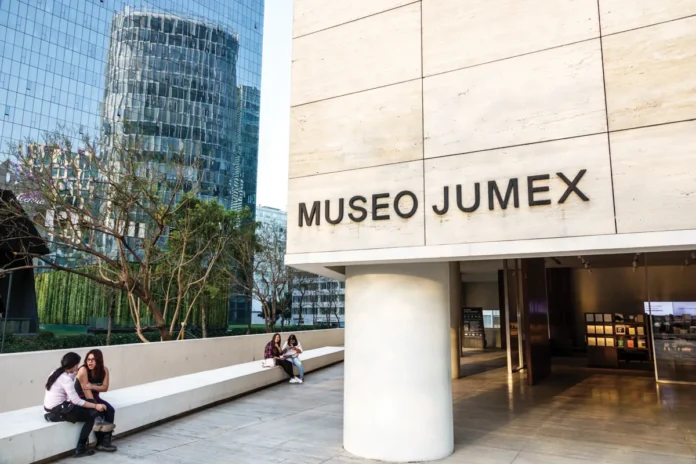Since the start of the pandemic, artists, collectors, and curators from around the world have had their eyes on Mexico City. It’s a lush, sprawling metropolis with a vibrant, multigenerational art scene supported by a raft of first-class institutions and three primo fairs (Zona Maco, Material, and Salón Acme). But Mexico City isn’t the only budding center of arts and culture in the country. Cities like Monterrey and Guadalajara, as well as spots across the state of Michoacán, are booming with creative energy. And none of this would be possible if it weren’t for a dedicated but largely unsung collector base committed to uplifting Mexican artists. 7meter
“Over the past six to eight years, the collecting base in Mexico has grown at a rapid pace,” said Alfonso Castro, the great-nephew of Mexican muralist Cordelia Urueta who has been collecting works by mostly female Mexican artists over the past 20 years. “Initially, you might’ve had access to some galleries, some artists, or a museum curator, maybe, but we didn’t know each other.” But, Castro said, collectors were aware of “some of the big names.” 7meter
Certain big names continue to hold sway. Among them are Gabriela López Rocha, who founded Expo-Arte Guadalajara; José Noé Suro, who has hosted myriad artists-in-residence at his ceramics factory Cerámica Suro; and Guadalupe Phillips, who founded Museo Dolores Olmedo, which houses the collection of her grandmother, a trailblazing businesswoman who befriended artists like Frida Kahlo and Diego Rivera, and who has continued the family legacy of collecting art. Yet the playing field used to be a lot more limited.

Before the ’90s, collecting was associated with a select few families with ties to industry. One was the López family that started the fruit juice company Jumex. Eugenio López Alonso, the sole heir to the family fortune and a defining figure of the era in Mexico City, founded the Museo Jumex in 2013. Another key collector associated with that decade was telecommunications billionaire Carlos Slim Helú, who founded the Museo Soumaya in 1994. Other looming figures include María Asunción Aramburuzabala, whose family founded Cervecería Modelo, as well as two executives at Grupo Televisa, Alfonso de Angoitia Noriega and Bernardo Gómez Martínez. “In the ’90s,” José Noé Suro said, “you could count on one hand the people who collected. Now everything’s changed.” 7meter

